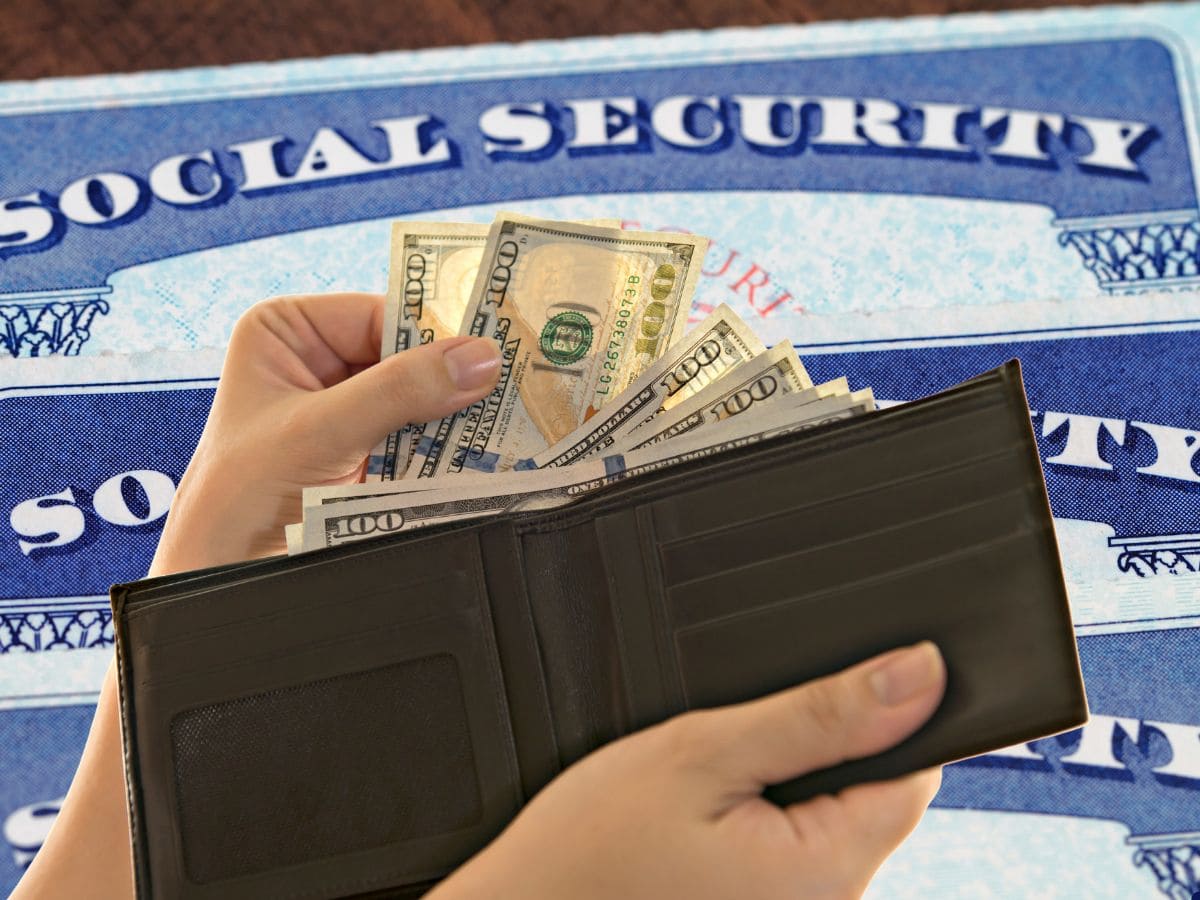Social Security in the United States is one of the most important federal programs for millions of people, whether for retirement, disability, or other reasons. Each month, the Social Security Administration (SSA) distributes payments to those who meet the system’s requirements, based on a schedule that varies according to date of birth and type of benefit received.
During the month of May, the schedule remains unchanged, and new checks are expected to reach beneficiaries in the coming days. However, not all Americans will receive a payment in the second week of the month, as only those who are part of a specific group will see the money reflected in their accounts.
These payments are primarily intended for people who receive Social Security retirement benefits, although they may also include those who receive disability or survivor benefits. The key date is now Wednesday, May 14, and those who meet the conditions will receive their payment automatically.
Who receives Social Security on May 14?
The payment sent on May 14 corresponds to group 2 of retirees from Social Security. This group is made up of those who began receiving their benefits after May 1997 and also have their birthday between the 1st and 10th of any month.
Requirements to receive the May 14 payment:
- You must have started receiving Social Security after May 1997.
- Your birthday must be between the 1st and 10th of the month.
If you meet these two conditions, the check for the month of May should be deposited into your account on Wednesday, the 14th. If you do not meet any of these requirements, your payment date will be different and will be moved to another week of the month.
Keep in mind that this calendar is part of the system established by the SSA to organize monthly deposits. It is a fixed structure that repeats every month, except on holidays or non-business days, when there may be occasional changes. The goal is to ensure orderly distribution and avoid delays in accessing funds.
Can I get Social Security if I am not 62 or older?
Although the holder may suggest that only those 62 and older can receive the check, the truth is that there are clear exceptions. The May 14 payment may also go to people under that age, as long as they already have approved Social Security benefits and are part of group 2.
This includes, for example, those receiving disability benefits (SSDI), as well as certain survivors or dependents. The key is not just age, but whether you have been admitted to the regular payment system and fit into the corresponding date group.
Thus, a 45-year-old who has been collecting Social Security disability for years and whose birthday falls between the 1st and 10th of the month will receive their check on May 14 without any problems. The same applies to other types of beneficiaries who have not reached age 62 but are actively participating in the program.
The minimum age of 62 generally applies to those applying for early retirement, but it is not a barrier to other types of benefits. That is why it is important to review the type of help you are getting and the dates assigned by the SSA, so you don’t lose track of when your next payment is due.








